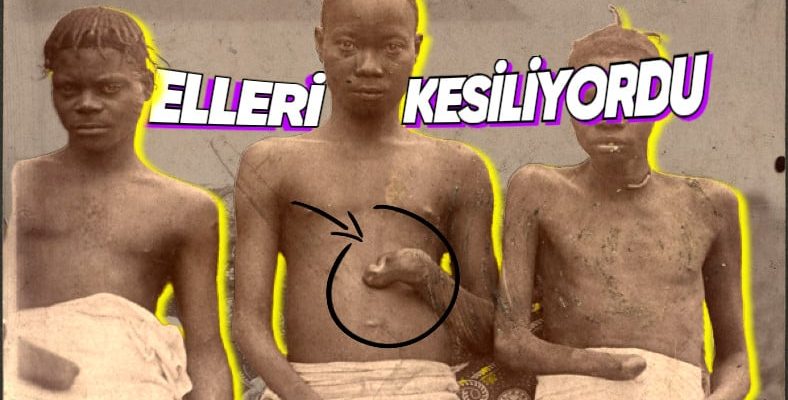The mysterious lands of Central Africa; It is full not only of its rich natural resources, but also of dramatic stories hidden deep in its history. We usually focus on the colonialism of England and France, but another overlooked player in this scene is Belgium.
from rwanda To Democratic Republic of Congo Belgian influence on this continent stretching back to It not only transcended geographical borders, but also left traces of genocide and painful massacres.
attracting the attention of European states Africa has always been the center of attention throughout history. The saddest part was the ruthless exploitation of people. So much so that the Belgian King Alexander II, who was even more cruel than Hitler but was not known as much. Leopold was one of the people who built this colony.
The Democratic Republic of Congo has a large area in Central Africa and is surrounded by many border neighbors.
A country under royal rule in the pre-colonial periodFollowing geographical discoveries, it attracted the attention of European states and became a trade center. Leopold’s brutal practices caused the death of approximately 6 million people in this region, where goods and slave trade was intense by European states.
Belgium’s relationship with Congo, It began with the expansion of European states into the inner regions of the country. Belgium was engaged in a power struggle with other states on the continent and to have more influence in the country. These efforts led to the genocide in Rwanda and direct massacres in the Democratic Republic of Congo.
Greed for Africa’s resources led to King Henry II. It materialized with the International African Union, founded in 1876 by Belgium under the leadership of Leopold.
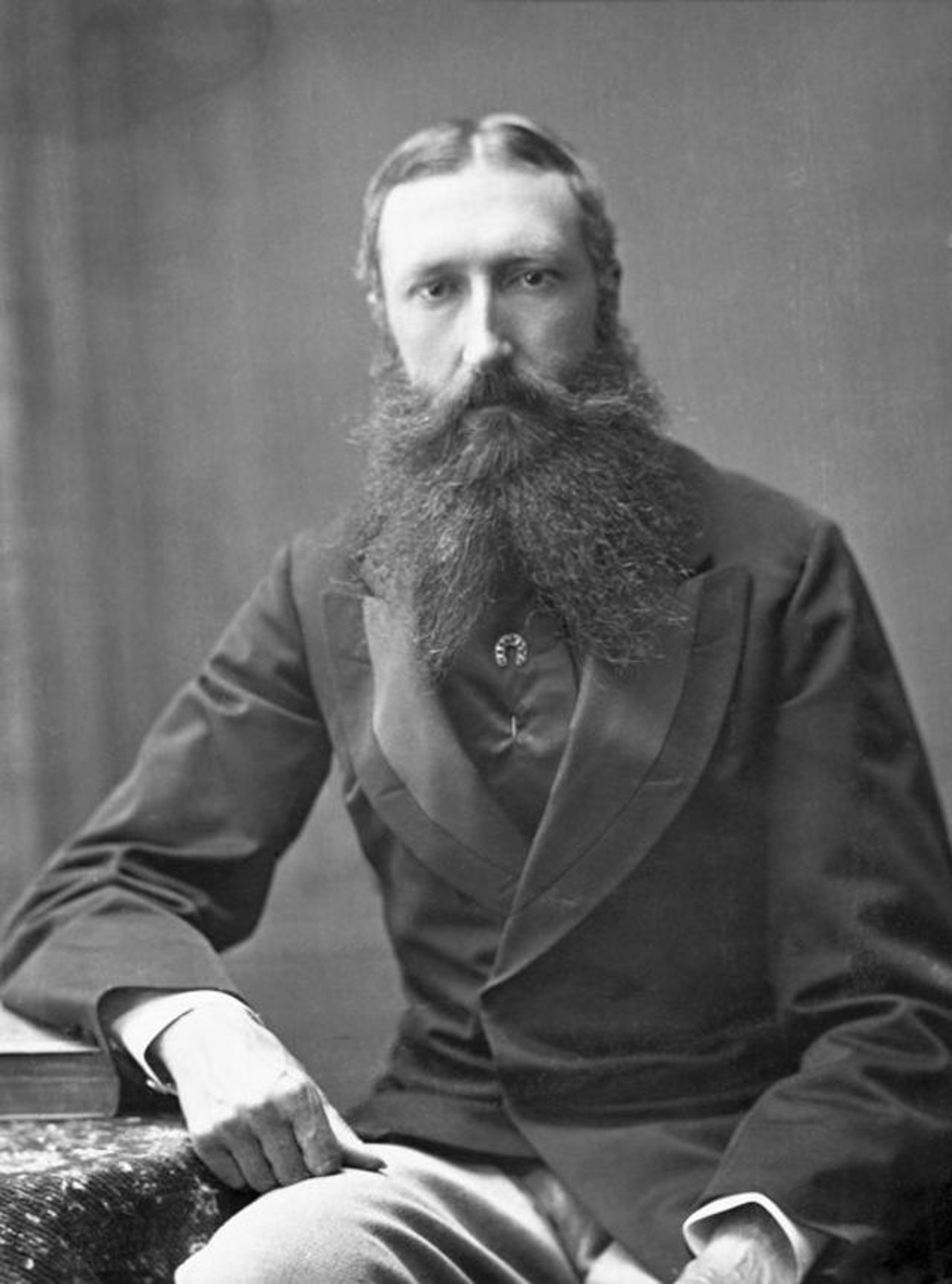
Civilization of Africa (!) and ending the slave trade This union, which emerged for this purpose, was financed through national committees. Belgium also preferred strategic friendship relations to maintain the influence of England and France in the region. II. Leopold also highlighted Belgium with his national committee, which he financed from his private wealth.
II. Leopold’s desire to exploit the riches of the Congo, journalist Henry Stanley Combined with his work, it has gained an impressive dimension. Stanley was sent to the Congo in 1879 and carried out important work by establishing water channels, creating commercial networks, and convincing local chiefs to make agreements with Leopold to develop trade. The signed treaties were adapted and implemented according to Leopold’s demands.
In this process, Belgium increased its influence over the Congo thanks to Stanley’s efforts, and Leopold seized the lands and made the Congo his personal property.
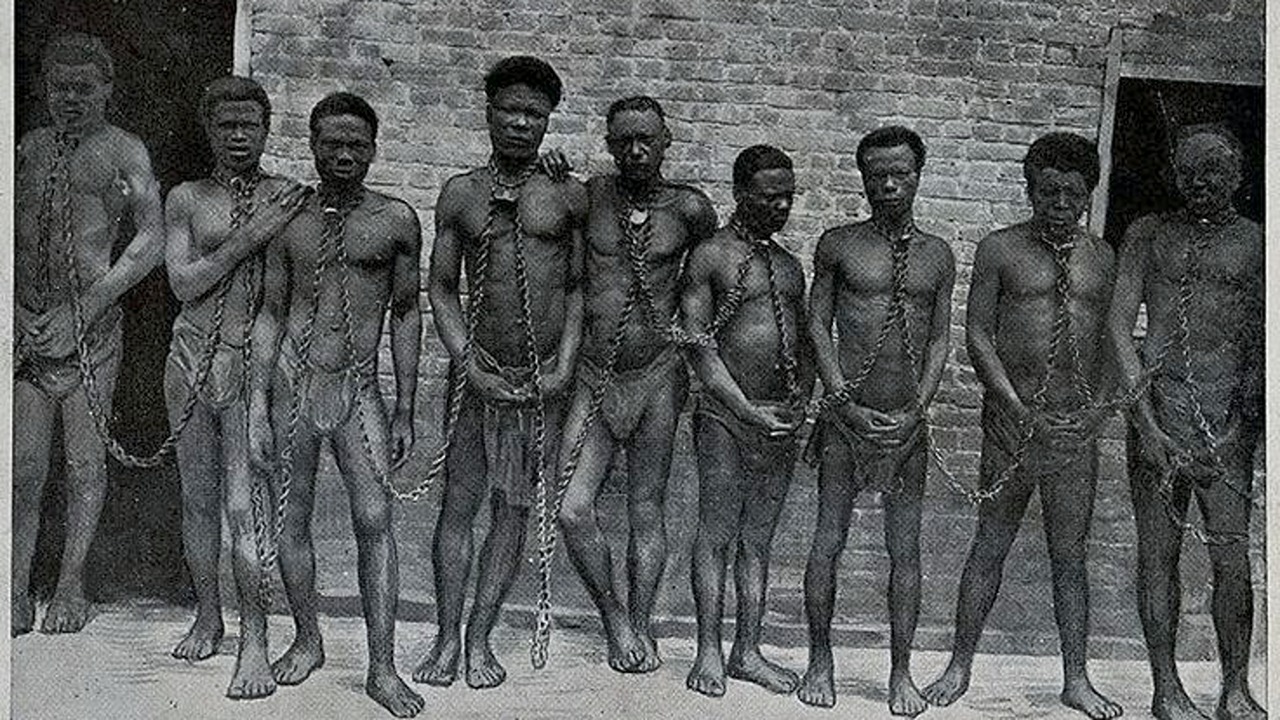
Berlin Conference held in 1884-1885, was a place where Belgium’s Congo policies received a positive assessment. The territories captured by Leopold were influential in this conference, which defined the Congo as an independent state and allowed Leopold to make the Congo his private property.
RELATED NEWS
Why Are the Borders of African Countries Straight as if Drawn with a Ruler?
of Africa “civilizing” II, who set out with grandiose goals under his name. Leopold established a dark colonial order to exploit valuable resources such as ivory and rubber, which were actually found in the Congo.
Ivory had a very special position in the Congo’s early colonial years. We should also point out that it is a valuable material used in many areas such as sculpture, jewelry and even piano keys. Because all this war, all this pain was for this. You will appreciate that income from ivory It became a great financial resource for de Leopold.
With the development of industry in Europe in the early 1890s, rubber emerged as a new source of wealth.
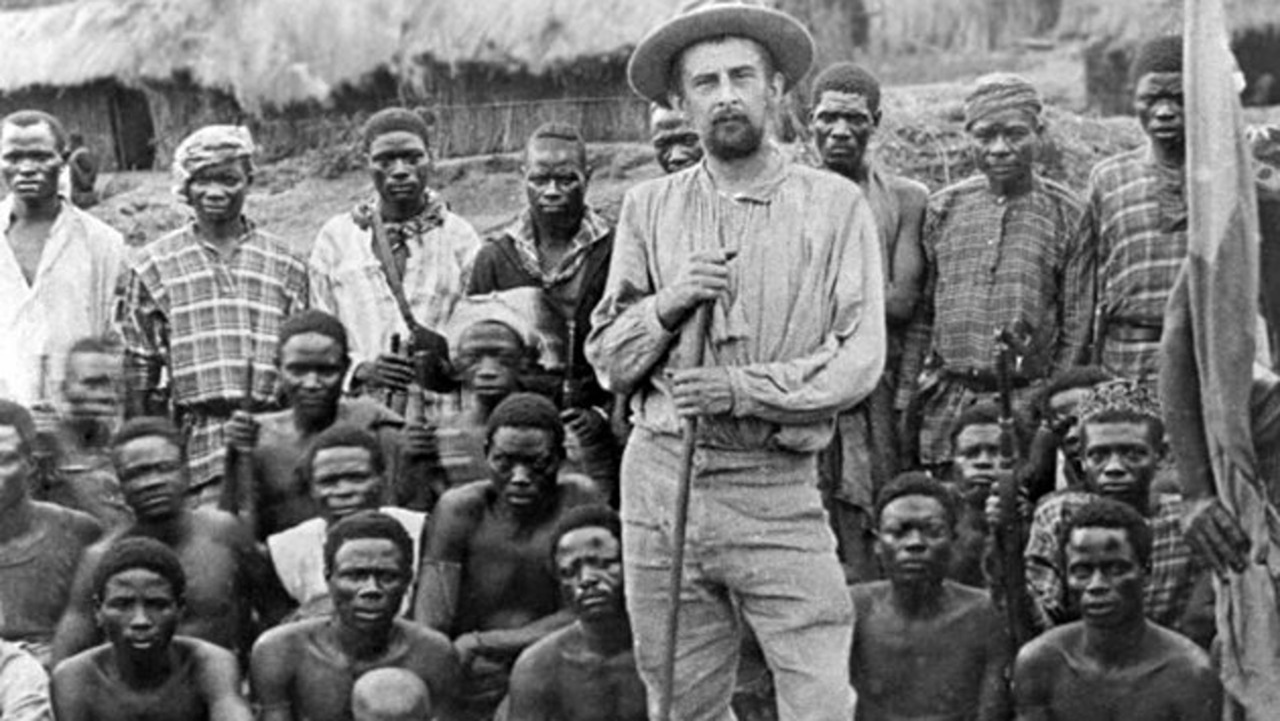
The rise of the bicycle tire and automobile industry, Naturally, it also increased the demand for rubber worldwide. During this period, Congo became a strategic source of income for Belgium, as it was the largest country in rubber production. However, a striking point in the exploitation of these riches was the brutal exploitation of the local people.
The brutal methods used against workers in rubber production had reached a level that violated human rights. As rubber prices increased, quotas also increased at the same rate. Workers who cannot meet quotas also He was punished by having his hands and feet cut off crosswise.. If people who could not meet the quota escaped, the soldiers would punish them by cutting off the hands of their spouses or children.
According to Leopold a bullet was more valuable than the life of an African. The photograph taken by a father with his 5-year-old child’s cut off hand and foot because he could not collect enough rubber, reflected the brutal realities of that period in this way:
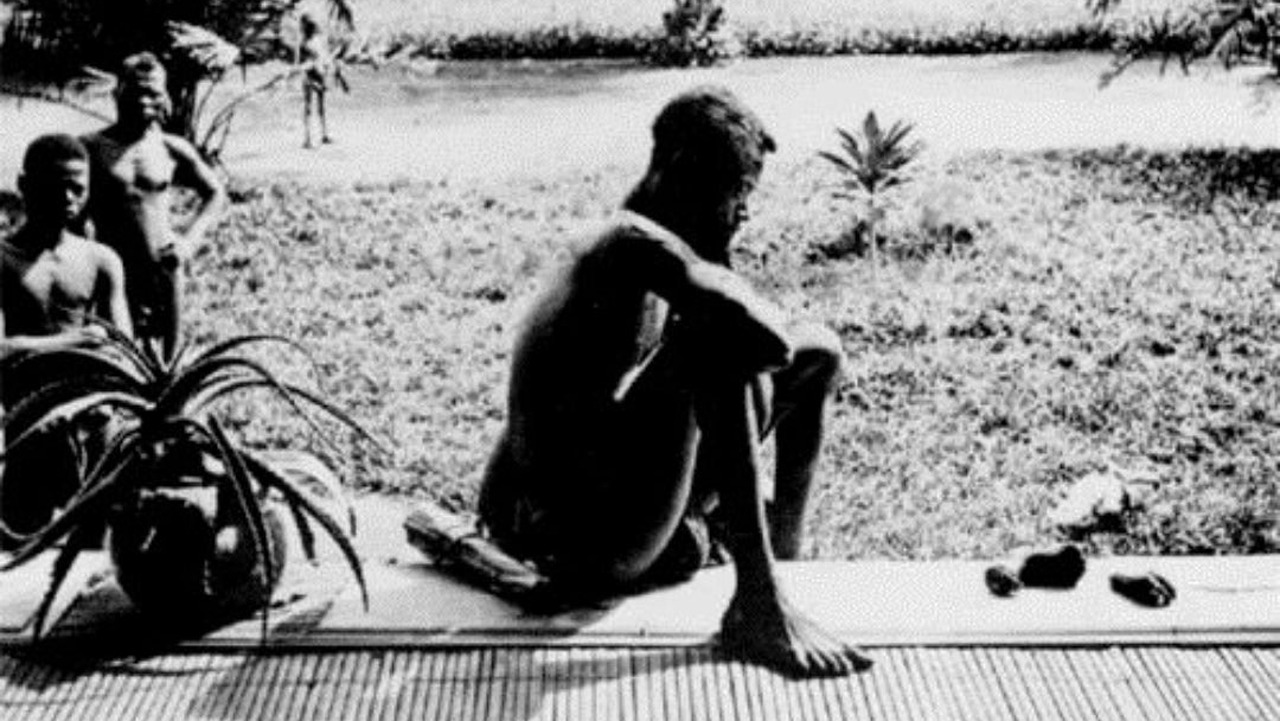
These brutal practices went down in history as a price for the exploitation of wealth.
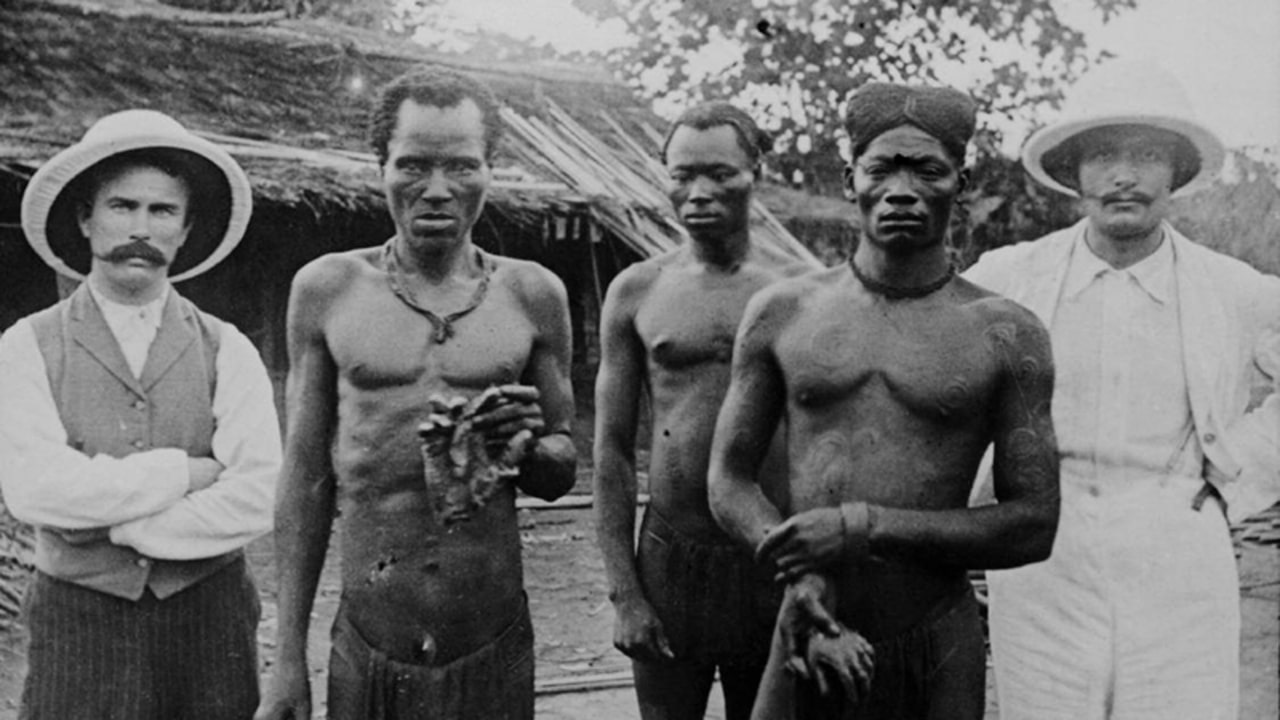
If you think that Belgium’s economic activities in the Congo are limited to ivory and rubber exploitation, you are wrong. At the same time road construction and steamship boilers This exploitation was also achieved through the trees cut down for However, in the shadow of these economic initiatives, local people lost their lives under harsh conditions by forced labor.
Towards the end of the 19th century, locals who could not earn enough money from ivory hunting were punished with whips made of hippo skin and were subjected to severe punishments that left permanent damage to their bodies. At the same time, forests were being ruthlessly destroyed for the demand for rubber and cocoa and new fields were being opened in their place. Congolese people enslaved in their own countrywere released into forests to obtain rubber.
RELATED NEWS
A Real Life Story That Will Make You See What a Disease Racism Is When You Read It: Ota Benga
These people, dense rubber secretion They applied it all over their bodies and came back like walking rubber. As the rubber that clung to their bodies well after freezing was removed, their skin was also separated from the body. Workers used in tree cutting and road construction, hunger and harsh working conditions They said goodbye to their lives with tragic endings.
Thousands of people who did not want to live in this cruel system left their villages and took shelter in the forests, but here too due to lack of shelter and food They had to return to their old order.
The rebellions of the people who tried to oppose were suppressed with firearms.
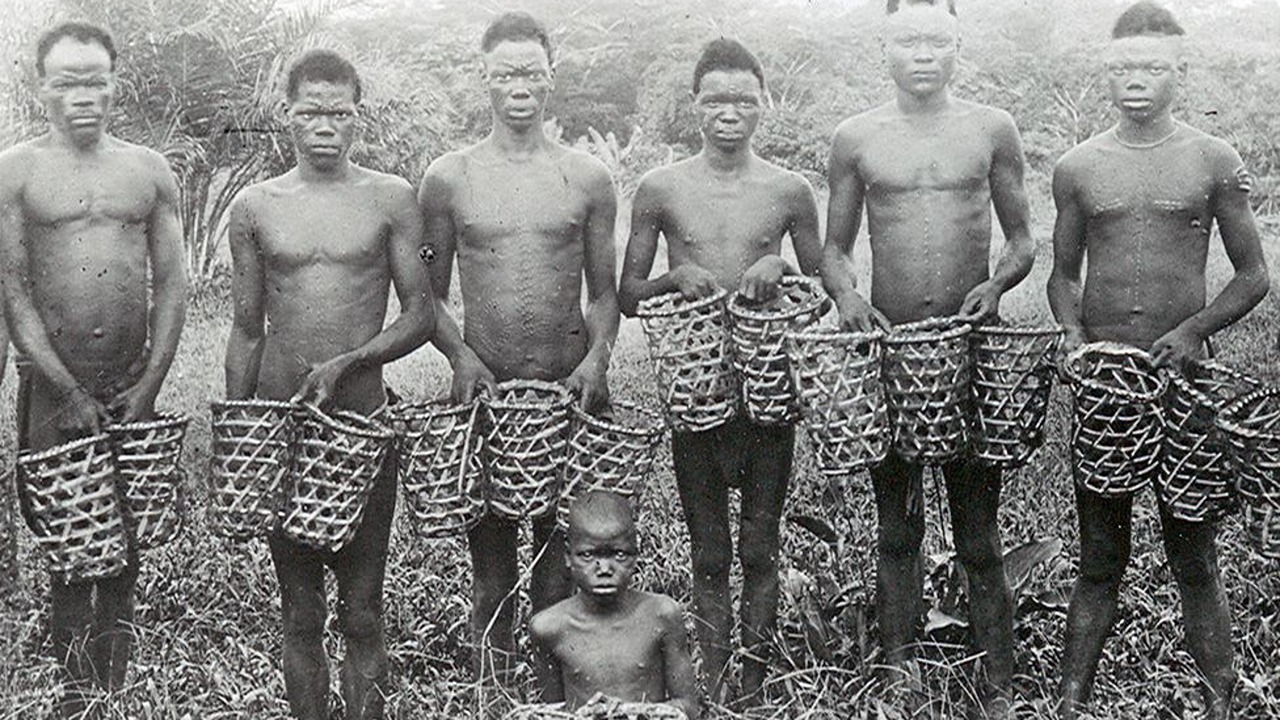
The number of deaths during this suppression process against people who opposed this inhumane practice of Belgium was quite high, which caused the Belgian economy to come under a new burden. One of the brutal methods developed to reduce this situation is In order to prevent wasting bullets, the bullets used were handed over to a white officer by the hand of the murdered person..
These hands are collected in special buckets, In addition to the punishment they gave, the soldiers were also proving to their commanders that they were effective without wasting bullets. Soldiers received additional pay for each hand they cut off. In just one day in 1906, 1,308 severed right hands were presented to the colonial governor of the Congo.
RELATED NEWS
Did you know that black babies were once used as bait to hunt alligators?
The real face of this dark period is the journalist in the early 1900s. It was unearthed by Edmund Dene Morel. Morel, who worked in a maritime company, saw the oppression in the Congo Independent State during his travels and turned to journalism to raise public awareness about this issue. Morel’s campaign had a great impact all over the world with its photographs.
II. Leopold from Congo He quickly became rich with blood money.
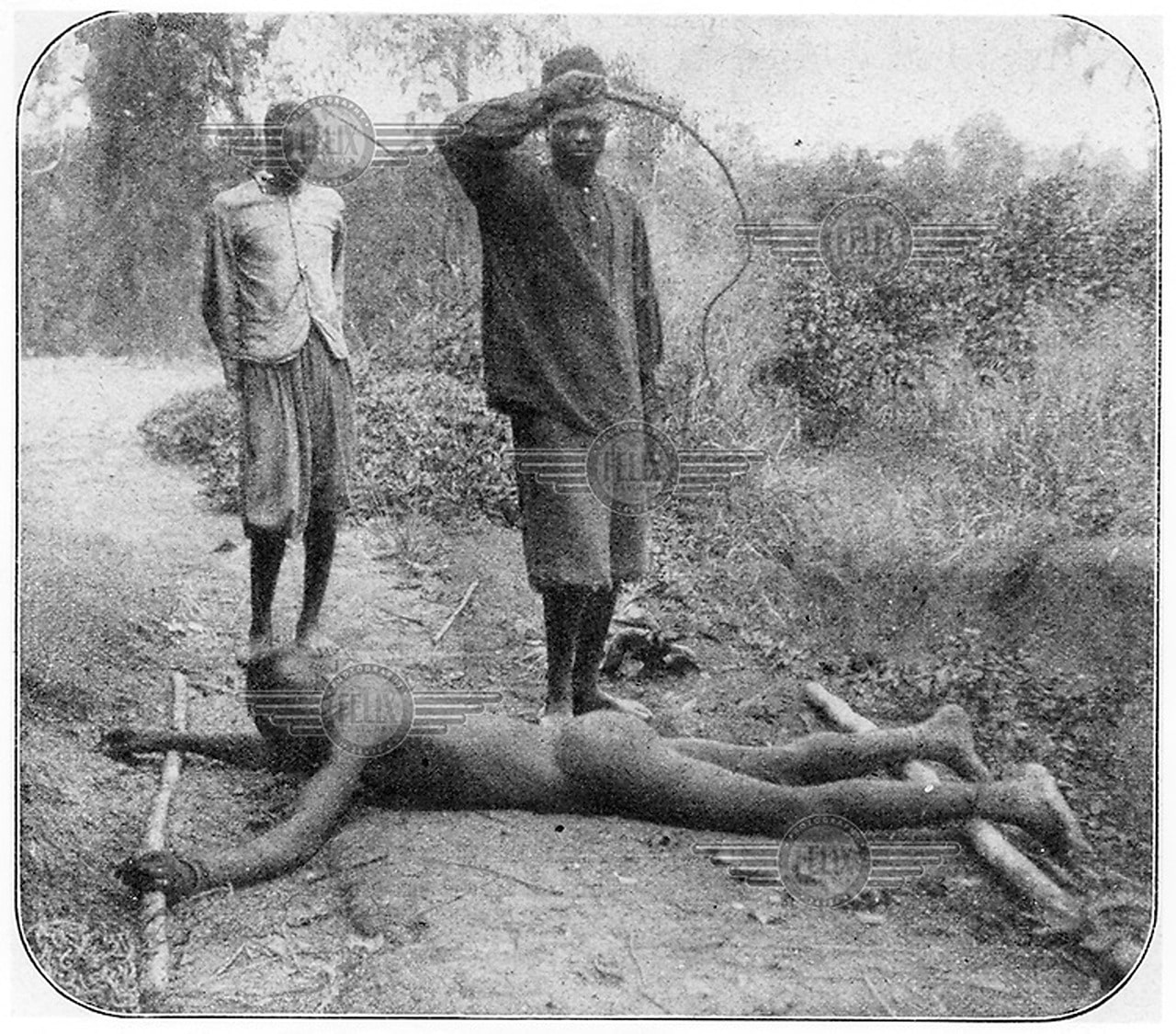
When you have plenty of money; He led the construction of large and ostentatious buildings in Belgium such as the Antwerp Train Station, the Royal Central African Museum, and the Ostends Royal Gallery.
RELATED NEWS
The Spooky and Tragic Story of the ‘Human Gardens’ Once Opened in Europe
At that time now He became known as the “king of construction”. Witnesses to the atrocities in the Congo were also limited. British missionaries, journalists and writers began to write about it when they saw the horror before their eyes.
II. As a result of the voices raised against Leopold’s Congo oppression, Congo in 1908, World War II. It was taken from Leopold and transferred to Belgium. Congo now It ceased to be Leopold’s ‘personal property’, He had become the public property of Belgium, of which he was king! However, in the end, imperialism’s bloody plunder and exploitation system continued. Leopold died a year later without leaving an heir, and his nephew became King of Belgium.
The Congo continued colonization, being called the “Belgian Congo”.
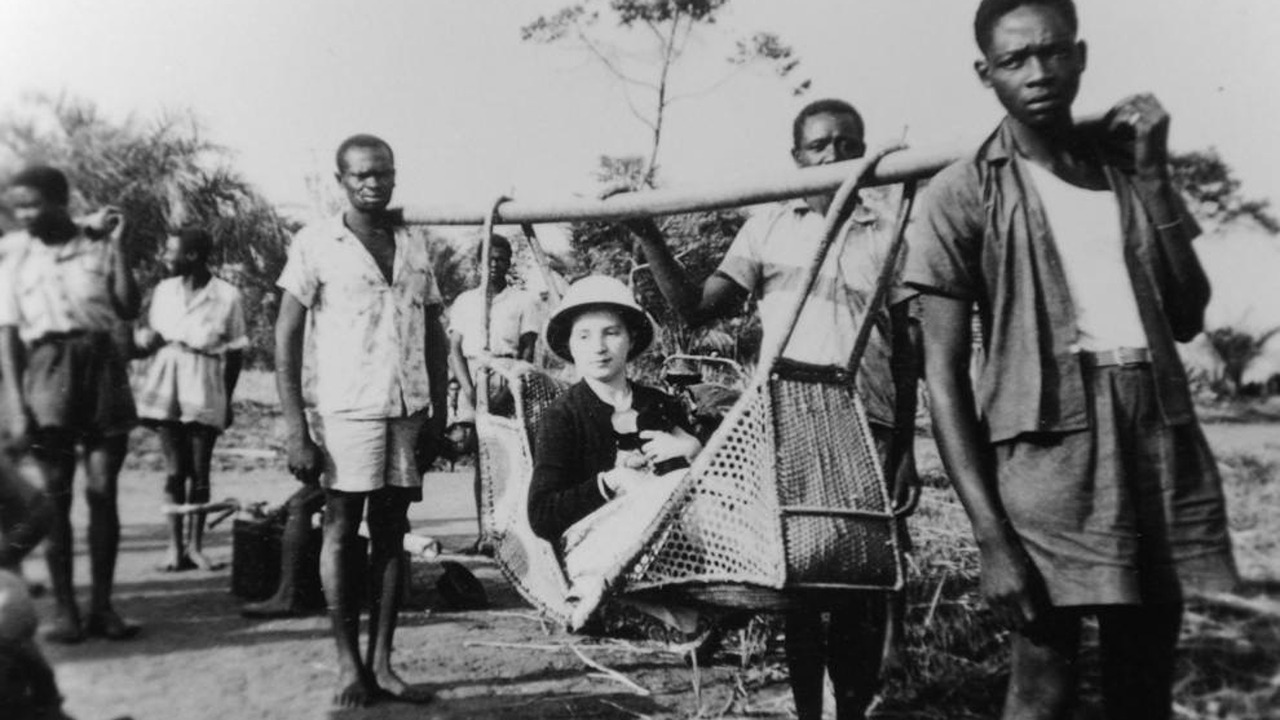
Described as the holy trinity of the exploitation mechanism State-Church-Private Company order; He exploited not only rubber, but also all the underground wealth of the country such as copper, gold, diamonds and cobalt. This reinforced the concept of the White Man’s Burden, referred to as the ‘White Man’s Burden’.
RELATED NEWS
The Truth That the Diamond That Causes Happiness in a Marriage Proposal Actually Causes Great Pain in Far Away Places
However, this burden was a moral responsibility. This understanding in which Africans are described as “ignorant savages”was identified with the white man’s mission to bring civilization, human values, democracy, enlightenment and development. This monument of sensitivity enlightened the Congo so much that in 1960, the number of university graduates was limited to only 30 people.
II located in many cities of Belgium. The Leopold statues were removed on June 30, 2020, Congo’s independence day.
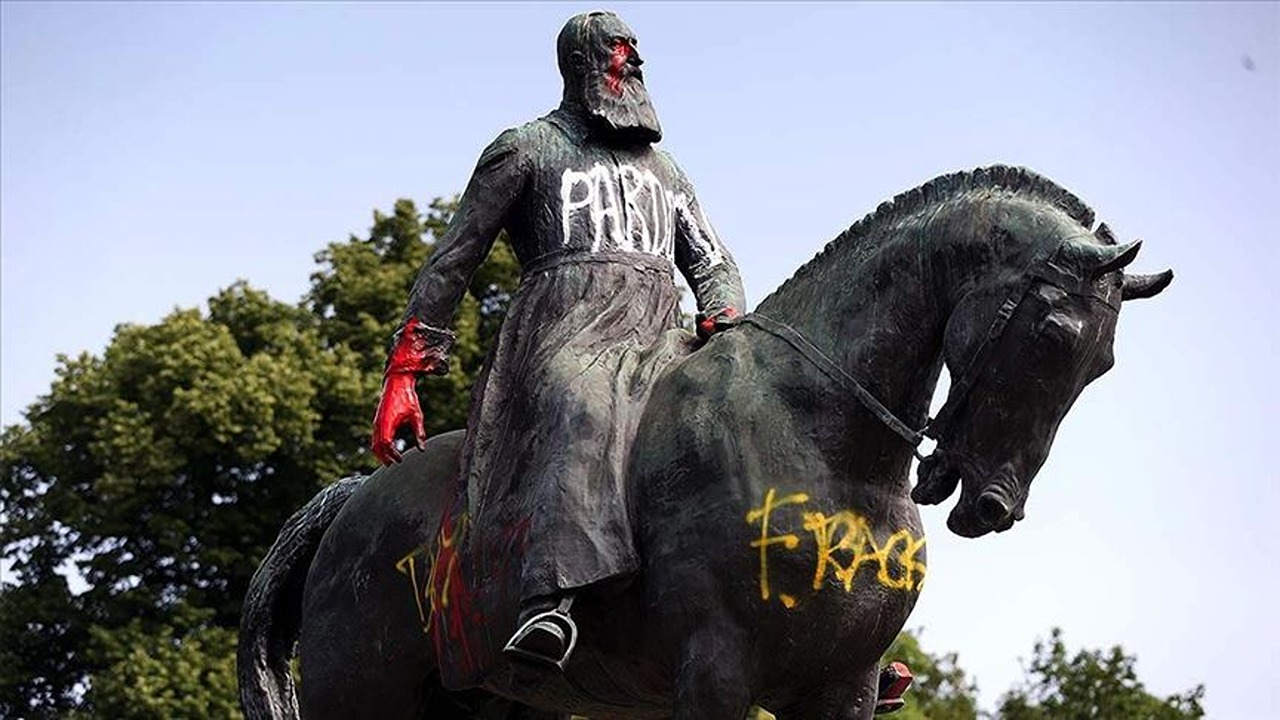
Sculptures that left their mark on the history of colonialism, Leopold’s statue was built so that it would not remind these painful memories years later. It was eliminated in 2020. While the statue in Antwerp was removed and exhibited in the museum, busts and statues in Ghent and many other cities were completely destroyed. People also stated that they were insulted by these statues that reminded them of colonialism on the streets.
The society, which consisted of millions of ignorant people who were baptized and Christianized in masses, but did not know what they believed in during this process, was expected to have the sense of gratitude that the white man expected. However, this process sucks people’s souls, steals their lives and futures, and It hindered Congo’s true potential.
RELATED NEWS
Hitler’s Failed Invasion Plan of Turkey: If This Plan Was Really Prepared, What Stopped the Nazis?
RELATED NEWS
The Sisters Who Killed Nazi Soldiers One by One with a Method Beyond the Known: Truus and Freddie Oversteegen
RELATED NEWS
These Giant Clefts are a Sign that the African Continent Will Break and Split in Two: So When Will It Happen and What Will Happen?
RELATED NEWS
She Also Passed through Turkey: The Story of a Strong Woman Who Resisted Racism Until Her Last Breath, Despite Her Nickname “Monkey”
RELATED NEWS
